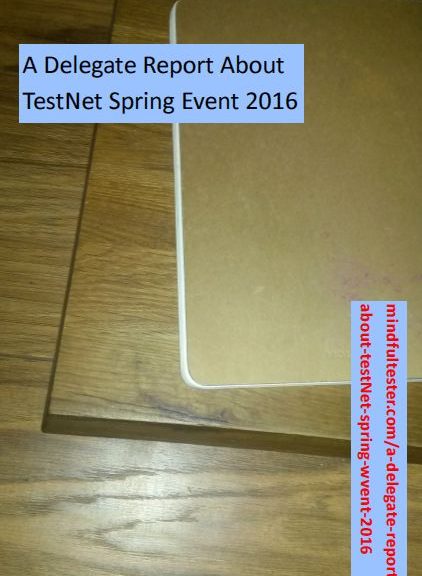Using the book ‘Creativity Inc.’ as a basis for this blog post, I made a mistake. I tried to craft a compelling story, how creativity could be used in every phase of software testing. But the post became a struggle for me. Then I realised that the book was not about creativity or management. It was about leadership. Let me write about it.
Learn, Struggle, and Tell
During one of my workshops about mind mapping I talked with a colleague, who was specialised in project support. She told me, that she already had been taught mind mapping during her master class. She was quite proud about the nice mind map as a deliverable of one master class group project. She described the beautiful details, but I sensed some reluctance to use mind maps for her daily work.
One of my kids had to give a talk. In the US it is called Show and Tell. An object is shown to the class and the pupil tells about it. The teacher of my kid would give a penalty, if no mind map could be shown.
Where’s the fun?
Flow and Tell
What I like about mind maps, is that they are playful in use. I can get in a flow, during which I can add and modify information in a continuous way. I can focus and defocus. With a single delete action I can remove a complete subtree of information.
A mind map makes a TODO list more interactive than a standard checklist. I can make sub tasks and move them around. It shows me, which things need my immediate attention.
This is useful fun for me.
Use and Tell
Years ago I used to work for a consultancy firm. This company had a special program for consultants between projects. One of the workshops was Introduction Mind Mapping, which appealed to me as a knowledge worker. The reasons to attend my workshop were different:
- “I am curious, what mind mapping is.”
- “I heard good stories about this workshop.”
- “It might be useful for my work.”
During the years it became a feel good workshop. I found the right mix between practice and entertaining stories.
In order to maintain the quality of the workshops I was requested to collect filled in evaluation forms. Once I even scored a 10 for the whole workshop on scale from 1 to 10. You guessed right: 10 is perfect. For Dutch people this is quite exceptional. Most of the time I scored 8 or 9, which is good.
The feedback about the use of mind maps after the workshop was quite limited. One consultant used a mind map in a presentation, which I attended.
Another consultant had a long call with me to look at the use of mind maps as a vehicle for knowledge management. And there were a few more.
Show and Provide
There was not enough time to make a test plan. My project manager was quite strict: you have to do your job with the available resources. So I asked my project lead to use a mind map. The reaction was like “Sure, why not?”
I confirmed my request:
“You won’t get [word processor] doc, but a mind map.”
“That’s no problem.” she answered with a smile.
I went back to my computer and made one of the most compact test plans ever. I mailed the plan to her and started playing the theme of Mission Impossible in my head. I succeeded.
Later I heard that the plan was converted to a document. This was not entirely my intention.
Show them & They Tell me
Another time another mind map. This time I presented the test plan mind map to the stakeholders. It was scrutinised and becoming better after each feedback. Weeks later I requested information from a colleague, she answered with:
“I looked to your mind map and […]”.
Just imagine that smile on my face.
A few weeks later I got questions from another colleague. I opened my mind map and talked about the options. It was highly constructive. Test ideas were reframed with new facts and questions. The focus was on the content and not on the form.
There’s No Business like Show Business
There are many people, who already use mind maps like me. So my creativity is not that high. The use of test plans for management is standard in many companies. But the constructive discussion about the tests to be executed was quite unique for me. My test plan mind map was discussed, adjusted, and used to give a direction.
Am I a leader, because people follow me? Maybe they are chatting and not paying real attention. Maybe I am a leader when I tell the right direction in the back of the group. But they might follow another group or be led by some else in the group.
Real leadership is granted and not imposed.

